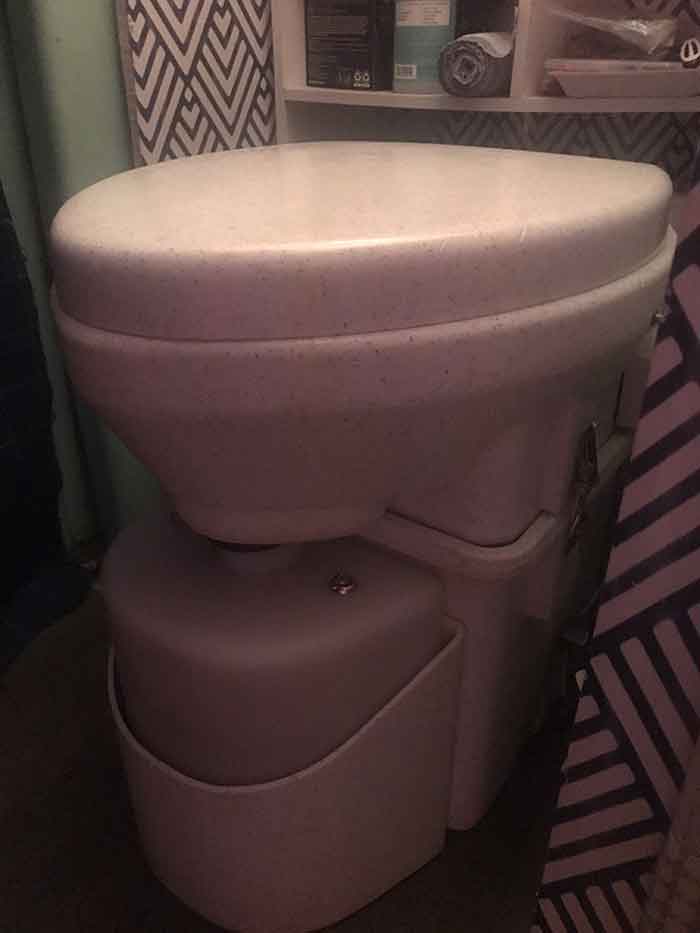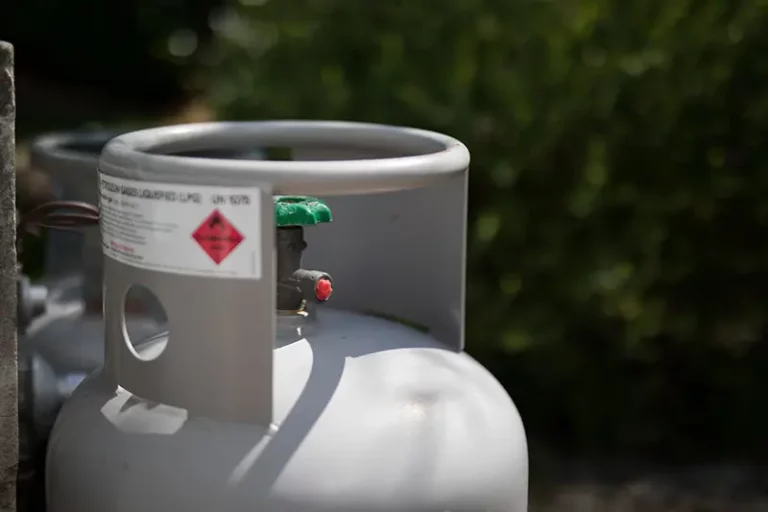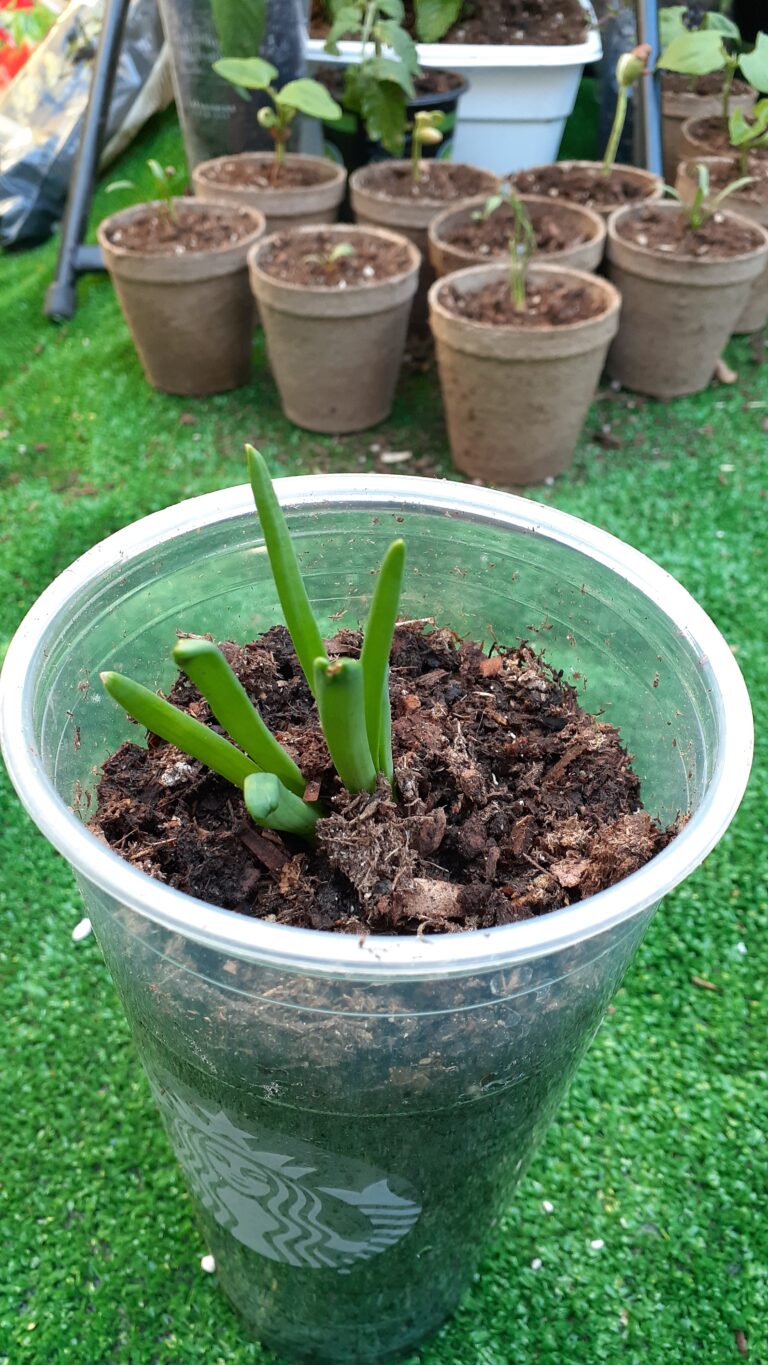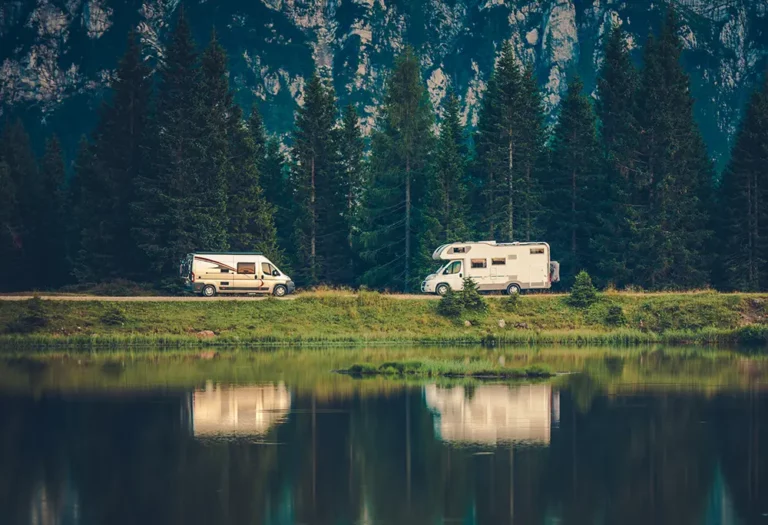When you travel full time in an RV (or Skoolie, Tiny Home, Van, etc..) there are somethings you just can’t go without. And for me and many others, we need to have our pets with us when we travel. Learn these tips for traveling with a pet in an RV full time. Now, a pet is a loose term. I have seen all kinds of animals from goats to cockateels living with people in their RVs. But for the sake of this article, I’m going to focus on your more “traditional” pets, like dogs and cats.
Tips for Traveling with a Pet in an RV Full Time
When traveling with a pet in an rv you want to make sure that you and your pet are both comfortable. But you have to get into a flow and rhythm to be able to cohabitate a small space with a pet. Cats are bit easier than dogs in the sense that you don’t have to take them outside as much as dogs. But each pet has their own advantages and disadvantages.

Secure Your Pet’s Food and Water Bowls
When I first started traveling with my dog I made some small mistakes.. One time I had thought that my dog’s water bowl was sturdy enough to not move when I was driving my skoolie. It never had moved before, why would it now? Well, I made a turn that ended up being sharper than I thought it was. My dog’s water bowl flew down my steps managing to get me wet in the process..
Luckily everyone was safe when my dog’s water bowl flew through the main isle of my skoolie. But from then on I made sure to empty the water bowl and put it away when I was traveling. Of course, you have to make sure that every stop you take you offer fresh water to your pet. And you’ll need to stop more often to make sure your pet has enough water throughout the day.
I tried using the grip mats and tape at first to keep my dog’s water bowl fixed in it’s place but this ended up not being strong enough to hold the bowl around turns too.
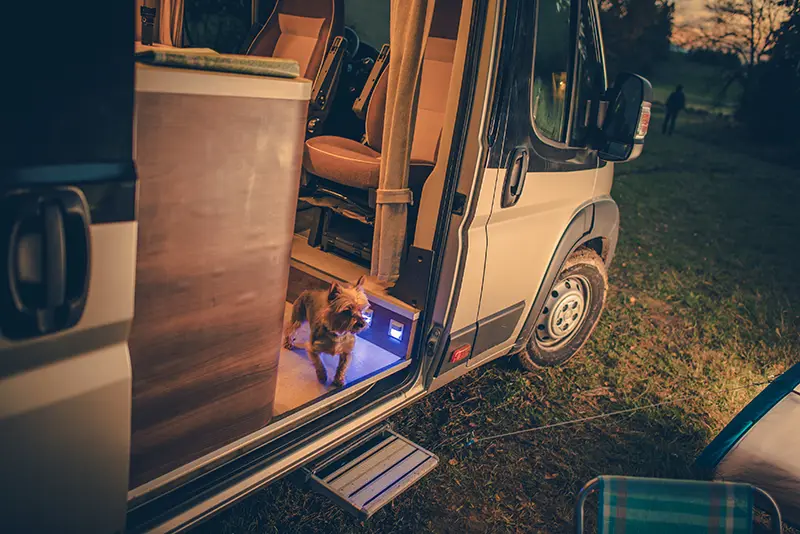
Have a Safe “Cubby” for Your Pet
Some dogs and cats are totally fine with traveling in vehicles. But some of our furry friend’s may not be so lucky.. Before you start traveling with your pet full time, you’ll want to make sure your pet doesn’t get car sick or motion sickness. If they do but it’s mild or infrequent, you may be fine with prescription medication from your vet for this. Don’t forget to mention to your vet that you will be traveling a lot with your pet. And make sure that your pet will be ok having the medication very often, if not daily.
Having a safe place for your pet when you drive can definitely alleviate a lot of anxiety that your pet has when traveling. Even if you pet doesn’t get sick, it will help to have a safe cubby hole for them to curl up in and take a nap. When I was building my skoolie I incorporated a cubby hole in my floor plan design. I had mine built underneath my bed. My dog sometimes goes down there to nap even when we aren’t traveling.
If you have an RV and your floor plan is obviously already built for you, you’ll have to make some modifications. If you have a lower cabinet, maybe around your dinette or under a couch (and it doesn’t have any electrical wires in it). You could use this as a base for your pet’s cubby. Especially if it already has a door that’s about the size of your pet. You could just remove the existing door and make an opening. You could even mount a plastic mat that could act as a doggy door.
Cats are going to love having a cubby to snap in all day and night. But if you have a cat, I would have multiple spots for your furry friend to take naps. Cats love to sleep all day (and go nuts for about an hour every night at about 3am..) Having multiple cubby holes for your cat will help it not get bored. And a bored cat isn’t good for anyone..
Have a Private Litter Box (That’s Accessible From Outside)
This tip is obviously for the cat owners out there. Unless you happen to have a litter box trained dog out there somewhere! Choosing the location of your litter box is a super important decision. When you live in a small space, it’s can sometimes be difficult to have enough space for everything. I have some full timer RV dwelling friends with cats and they have their litter box mounted inside of a cabinet.
The litter box has a custom plastic door that helps keep the smell contained a bit while still allowing their cat to go in and out as they please. This cabinet they chose in their RV for their cat’s litter box was actually also accessible from an outdoor compartment door. That way they don’t have to get on their hand and knees and clean out the litter box. Inevitably getting little bits of kitty litter all over your RV floor. And clean up couldn’t be easier! All they have to do is open the RV compartment door and scoop out the clumps into a trash bag. Which they also had mounts installed on the inside of their compartment door for all of the cleaning supplies needed.

Have Remote Monitoring / Heating / Cooling System
This one may not be attainable for everyone because there can be quite a big price tag associated with it. But if you are going to leave your pet in your RV unattended for any amount of time you need an accessory like these. These systems can automatically turn on the AC and/or heater on a thermostat. Although if you have to run an AC or Heater while traveling and parked at a grocery store. You’ll need to have a large source of backup power. Like a large solar set up with many batteries to be able to handle it.
You can also have a remote monitoring system that is like a webcam for the inside of your vehicle. Although with a webcam monitor you’ll need to have a reliable internet connection where you are and inside of your vehicle too. This means you’ll ned internet while you travel.
If you don’t have a monitor and a thermostat controller for your vehicle it’s best to bing you pet with you when you leave. Please don’t ever leave your fury friend in a vehicle alone. It is not safe and it’s not ok. It’s also illegal in many places, for good reason. Even if you do have a thermostat and monitoring system always be careful when leaving your pets unattended in an RV.
Keep Your Pet Food in a Hard, Sealed Container
When you are constantly traveling there are all kinds of unwanted pests that can join you along the way. That’s why, when you live full time in an RV you want to keep all of your pantry foods in thick sealed containers. This thickness helps prevent rodents from finding their way into your food. Of course, if you have a cat this is a bit less of a problem. But I have known plenty of cats that refuse to hunt mice…
Don’t forget that your pet’s food will be desirable to these pests as well as your food. If you keep your pets food in it’s original bag or box then its very easy for a mouse to chew a corner off and eat away! You could have a mouse that has a hole in your feed bag and never even know it until you throw your food bag away and see the evidence.



